ANS's Corradini testifies to Congress on Fukushima
On Wednesday, April 6, Dr. Michael Corradini is appearing on behalf of the American Nuclear Society before the U.S. House Energy and Commerce Subcommittee on Oversight and Investigations.
The hearing-which begins at 9:00 am ET-is entitled "The U.S. Government Response to the Nuclear Power Plant Incident in Japan." A webcast and additional information, including all prepared testimony, will be available via the Committee website. Dr. Corradini's prepared testimony is below.
In his prepared testimony, Dr. Corradini announces that he has been asked by ANS leadership to serve as co-chair of an ANS Special Commission on Fukushima Daiichi. Dr. Dale Klein will also serve as co-chair. This ANS Commission will examine the major technical aspects of the event to help policymakers and the public better understand its consequences and its lessons for the US nuclear industry.
Dr. Dale Klein is associate vice chancellor for research at the University of Texas System and Associate Director of the Energy Institute at the University of Texas at Austin. He was a member of the Nuclear Regulatory Commission from 2006-2010 and served as its chairman from 2006-2009.
TESTIMONY OF
Michael Corradini
American Nuclear Society
BEFORE THE
HOUSE ENERGY AND COMMERCE COMMITTEE
SUBCOMMITTEE ON OVERSIGHT AND INVESTIGATIONS
April 6, 2011
Chairman Stearns, Ranking Member DeGette, members of the
Subcommittee, thank you for the opportunity to testify.
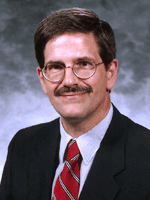
Corradini
I am currently chair of the Nuclear Engineering and Engineering Physics program at the University of Wisconsin, Madison. I am also involved in a
number of nuclear energy activities for the National Academies, the Department of Energy, and the Nuclear Regulatory Commission. Specifically, I am a member of the DOE Nuclear Energy Advisory Committee and chair of its Reactor Technology Subcommittee. In addition, I am a member of the French Atomic Energy Scientific Committee and the NRC's Advisory Committee for Reactor Safeguards.
I appear today on behalf of the American Nuclear Society, a professional organization comprised of 11,000 men and women who work in the nuclear industry, the medical community, our national laboratories, universities, and government agencies.
On behalf of all ANS members, I would like to express my deepest sympathies to the people of Japan for their loss and hardship. My sons and I were in Osaka in 1995 at the time of the Kobe earthquake and we witnessed the tragic effects of that natural disaster. From what I have seen from news reports and photos on the web, this is a tragedy that is orders of magnitude more devastating and, thus, even more sobering. While we are here to discuss the Fukushima power plants, I wanted to be sure we put this in context to this tragic natural disaster, with over 12,000 dead and over 15,000 missing.
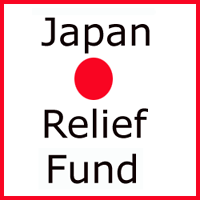 The American Nuclear Society has organized the Japan Relief Fund, targeted specifically to help our friends, colleagues, and their families in Japan who have been affected by the earthquake and tsunami. More information can be found at the American Nuclear Society website.
The American Nuclear Society has organized the Japan Relief Fund, targeted specifically to help our friends, colleagues, and their families in Japan who have been affected by the earthquake and tsunami. More information can be found at the American Nuclear Society website.
The leadership of ANS has asked me to serve as co-chair of a Special Commission on Fukushima Daiichi. This Commission will examine the major technical aspects of the event to help policymakers and the public better understand its consequences and its lessons for the U.S. nuclear industry.
It is probably useful to begin by providing some current information and
perspectives about the events and how they relate to the U.S. plants and safety practices. That is my role here today. I want to briefly focus on three general topics:
- The effects of the natural disaster on the Fukushima-Daiichi plants.
- The effects of the accident progression on the surrounding region.
- How we can learn from these events for our U.S. nuclear industry?
To review these topics, I have made use of the information provided on the
websites of the Tokyo Electric Power Company (TEPCO), the Nuclear and
Industrial Safety Agency (NISA), the Ministry of Education, Culture, Science
and Technology (MEXT), Japan Atomic Industrial Forum (JAIF), and the
International Atomic Energy Agency (IAEA), as well as discussions with colleagues and specific press reports. Although there is so much that we do not know about what has happened in Fukushima and surrounding areas, I have found the information from these sources to be consistent and helpful to answer many questions. This timely availability of information is a tribute to Japan and its institutions since these nuclear troubles occurred in the midst of the response to the many injuries and property destruction caused by the earthquake on the general population.
EFFECTS OF NATURAL DISASTER ON THE FUKUSHIMA PLANTS
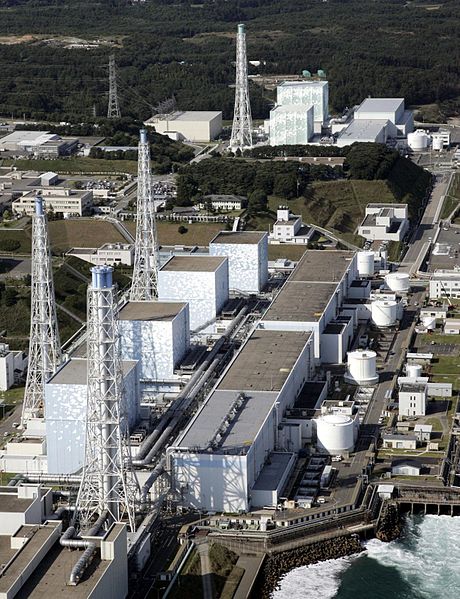
Fukushima Daiichi, pre earthquake and tsunami
As we now know, the Tohoku earthquake, which occurred at 2:46pm on Friday, March 11th, on the east coast of northern Japan, was measured at 9.0 on the Richter scale and is believed to be the 4th largest earthquake in recorded history. As a point of reference, the next most serious quake was in 2004 off the coast of Sumatra with a tsunami resulting in 227,000 deaths. Following the earthquake on Friday afternoon, the nuclear plants at Fukushima-Daiichi, Fukushima-Daini, and Osonawa plant sites shut down as designed, and emergency power systems were activated as expected; even though the earthquake was beyond the design basis. At the Daiichi plants, the design basis safe-shutdown earthquake was 8.2 as measured on the Richter scale, which is a design base above historical values. The Tohoku earthquake caused a tsunami, which hit the east coast of Japan within the first hour of the quake. The size of the water waves that hit the Daiichi plant were significantly above the design base on which the seawall was constructed (17 ft) to mitigate its effects. The tsunami appears to have been the primary cause of the initial on-site damage, making the backup power systems and associated pumping, electrical and venting systems inoperable for Units 1, 2, 3, 4.
On-site battery power was able to run the emergency control and pumping systems at the plant site until about midnight on Friday and then the plants experienced a loss of all electrical power for an extended period of time. By the afternoon of Saturday, March 12th, portable generators and portable fire pumps were moved onto the Fukushima-Daiichi site and seawater was pumped in to cool the reactor cores for Units 1, 2, and 3. Decay heat was removed by venting the steam from above the containment suppression pools. The initial lack of water-cooling caused the reactor cores to be severely degraded, causing metal-water chemical reactions and hydrogen gas generation. Hydrogen was released during steam venting causing the destructive combustion events in reactor buildings outside of containment.
In addition to cooling the reactors, it has been necessary for plant personnel to replenish the water in each unit's spent fuel pools that was lost due to water evaporation caused by decay heat. This is especially true for Unit 4, since it was undergoing maintenance at the time of the earthquake and its relatively "hotter" reactor core fuel assemblies were also placed in the spent fuel pool. For reasons that are not completely clear at this time, the water supply at spent fuel pools at these units reached very low levels over the first few days, causing the spent fuel to become severely damaged, resulting in hydrogen generation and combustion, fuel rod cladding failures, and radioactivity releases to the environment. Seawater was then sprayed in to refill these water pools and they now remain cooled.
This mode of cooling continued until fresh water was brought to the site about two weeks after the earthquake. The reactor plants and the spent fuel are now being cooled by injection of fresh water.
EFFECTS OF THE ACCIDENT ON THE SURROUNDING REGION
Immediately following the earthquake and tsunami and the subsequent loss of on-site electrical power, the Nuclear and Industrial Safety Agency declared a site emergency, and by the evening of March 11th, residents within 10km of the Fukushima-Daiichi plant were instructed to evacuate. By Saturday afternoon, NISA advised residents within 20km to evacuate and those between 20km to 30km away to remain in their homes as shelter or voluntarily leave the area. In the first few days after the earthquake, the airborne radiation levels were much higher than natural background (normally around 0.3 to 0.4 microSieverts per hour). By a week after the event, they had already fallen to levels a couple of times above natural background. In fact, the air-borne doses outside of a 60km radius from the plant now have readings close to normal. At this time this event has not become a national health disaster for Japan.
I would also note that we have the technical capability to measure radiation and its elemental sources in extremely small amounts far below any levels that are harmful to the human body.
The source of the radioactive release is not precisely known, but some indications are that it came primarily from the heating, degradation, and subsequent failure of the spent fuel. The levels of radiation on the plant site were much higher, and following the hydrogen combustion events, only a select crew of workers in rotating shifts was allowed on-site to deal with the emergency. Nevertheless, based on reports from NISA, 21 workers received doses exceeding 100 mSv. No worker has received a dose above 250 mSv, which is the allowable dose limit for emergency workers, and this is similar to standards in the United States.
WE CAN LEARN FROM THESE EVENTS FOR OUR INDUSTRY
The safety approach used in designing and testing the plants in Japan are similar to those used in the United States. The U.S. has adopted a philosophy of defense-in-depth, which recognizes that nuclear reactors require the highest standards of design, construction, oversight, and operation. Designs for every individual reactor in the United States take into account site-specific factors and include a detailed evaluation for natural events, as they relate to that site. There are multiple physical barriers to radiation in every nuclear plant design. In addition, there are both diverse and redundant safety systems that are required to be maintained in operable condition and frequently tested to ensure that the plant is in a high condition of readiness to respond to any accident situation.
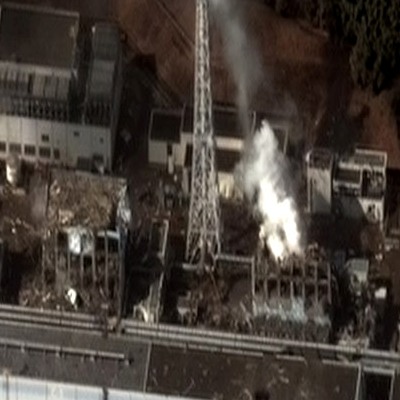
Satellite photo of damage to reactors 4 (left) and 3 (right) of Fukushima Daiichi on March 16, five days after the earthquake struck.
Nevertheless, this natural disaster exceeded the design basis envelope for those nuclear plants at the Daiichi site and we need to learn from this and continually improve our safety posture so that beyond design basis events can be managed. In the coming months, the NRC will do a review of the accident and the safety posture of our plants. Over the longer term, lessons-learned from this event will be used to review the key areas of plant design, operation, and readiness. I know I speak for all the ANS members, that we stand ready to help the industry and the government in this effort.
To promote some further discussion on these points let me suggest some items to consider. First, the events in Japan accentuated the need for the United States to evaluate our entire civilian infrastructure (not just nuclear plants) and emergency preparedness for extreme natural disasters. Second, for our nuclear plants, we continually need to ask ourselves "what-if" questions and what we may have missed. This was done for the Three Mile Island accident and this resulted in the Severe Accident Management Guidelines being used in U.S. plants today. I expect that these guidelines will be reviewed in light of lessons-learned from these events. The NRC has also pioneered the use of Probabilistic Risk Assessment in WASH-1400 and has been used extensively. This technique can be used for such beyond-design basis events. Finally, we need to reexamine how we manage spent fuel both in its storage on-site as well as its final disposition.
The ANS has recently issued a study on technical options for spent-fuel disposition that may be useful to this end. Also, I assume the Blue Ribbon
Commission will consider these recent events as they formulate their policy
recommendations for spent nuclear fuel as directed by the President.
So in closing, let me offer some final thoughts:
- First, while there is still much more information to gather, I think we now have an overall understanding of what happened at Fukushima Daiichi.
- Second, while radioactive materials have been released into the environment, it does not appear, based on current data, that there will be widespread public health consequences.
- Third, because of differences in U.S. seismology and installed safety equipment, it is highly unlikely that Fukushima-like event could occur at a U.S. nuclear plant. Nonetheless, the U.S. nuclear industry-and every other industrial sector for that matter-should use this opportunity to ensure that it can respond quickly and effectively to extreme natural events.
Thank you.


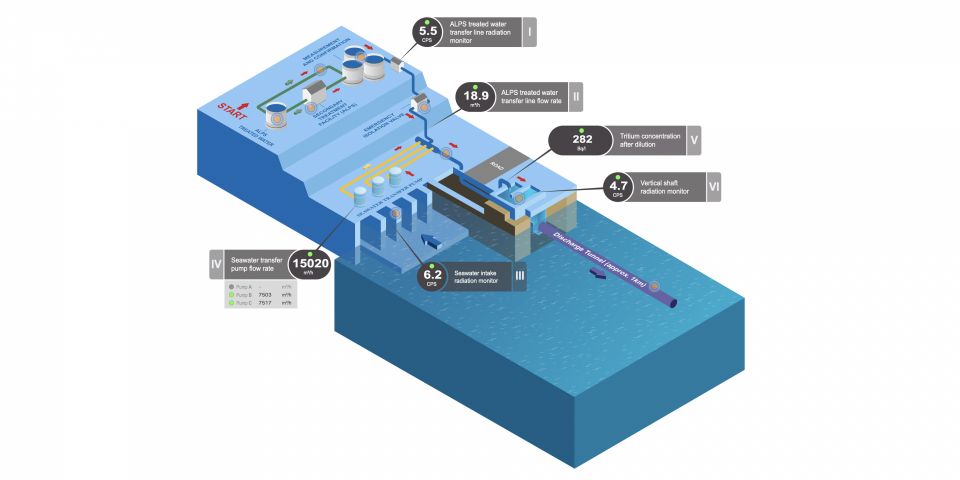
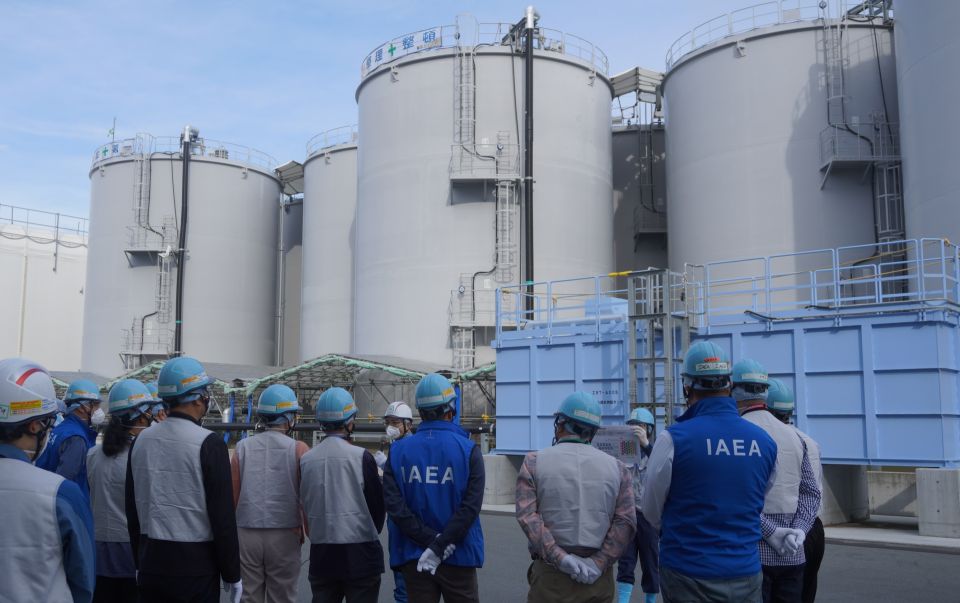

.jpg)